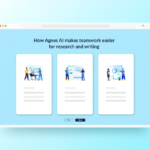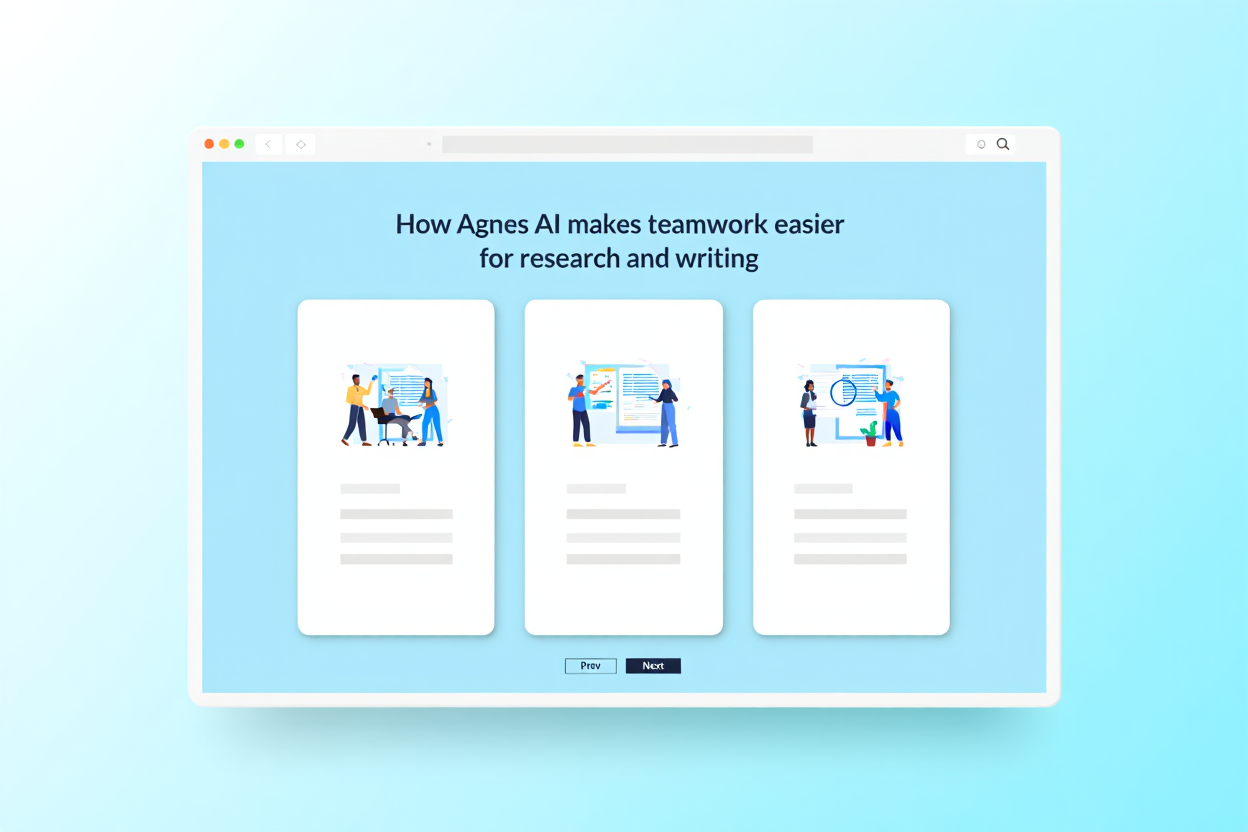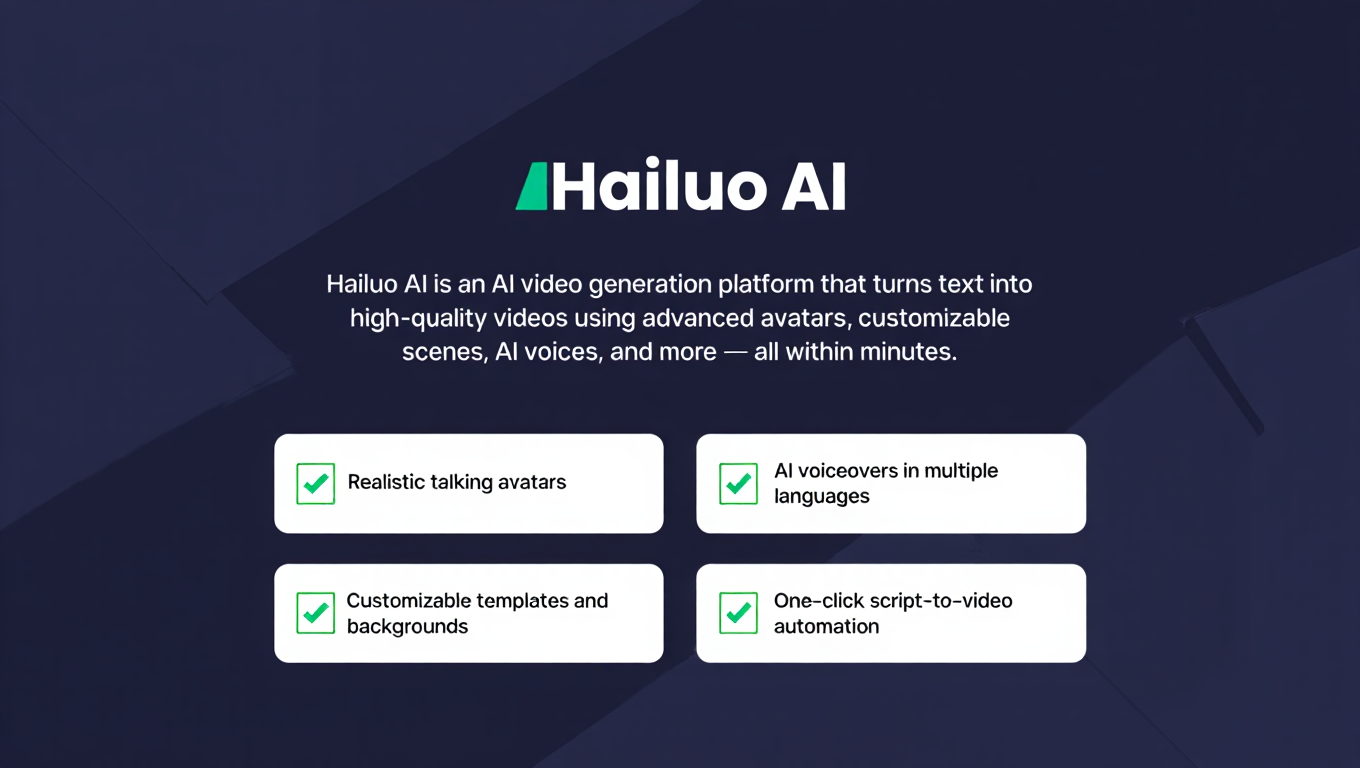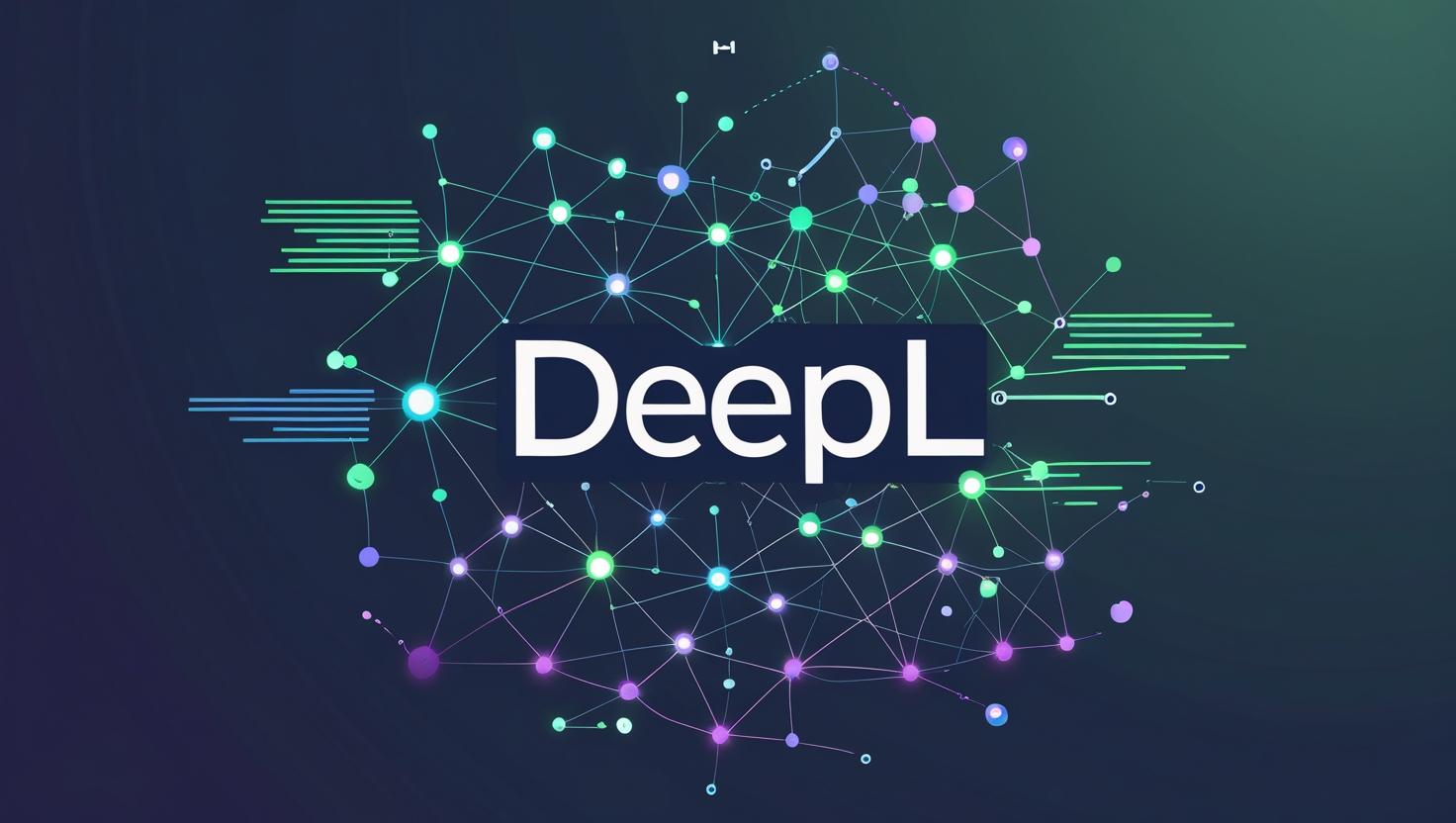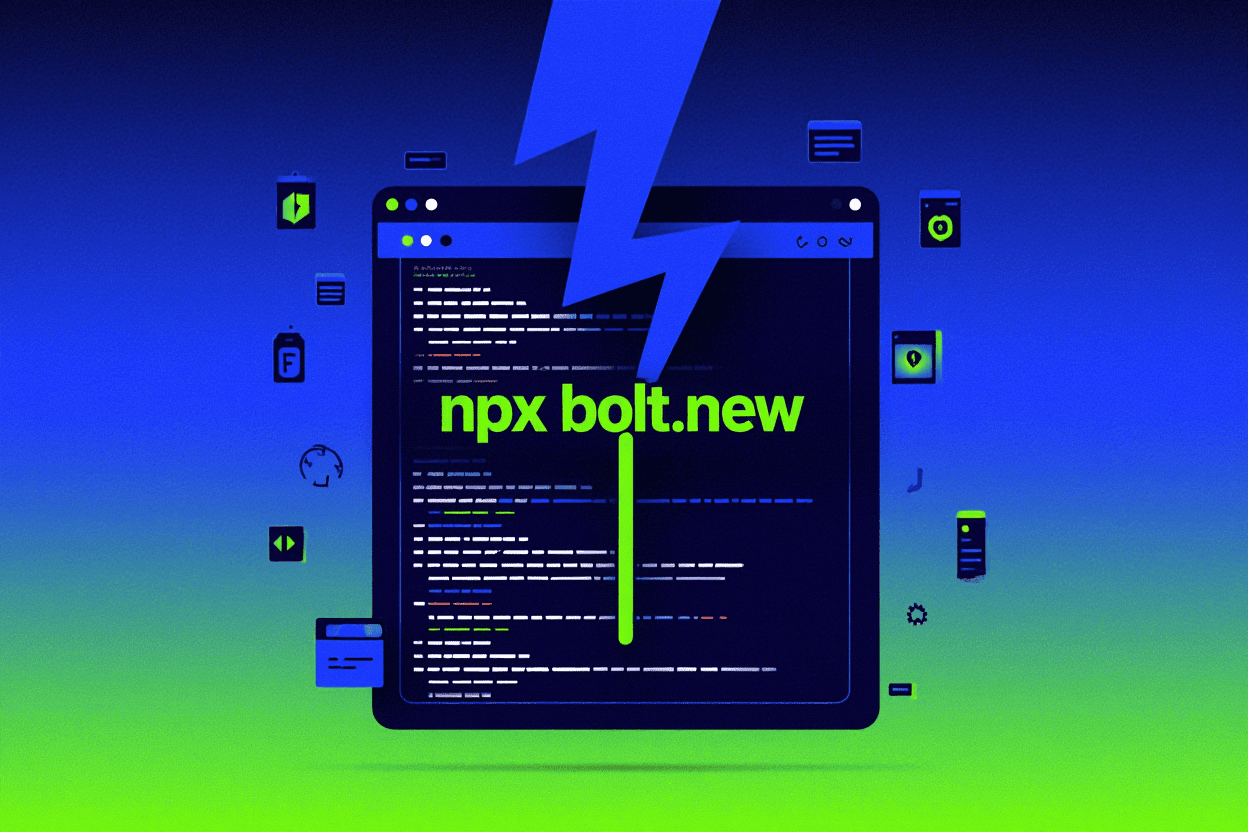Meta’s LLaMA 4 (Large Language Model Meta AI) is the latest advancement in the AI world, designed to push the boundaries of natural language understanding and generation. Building on the success of LLaMA 2 and 3, this new version features significant upgrades in both performance and reasoning abilities. Unlike its predecessors, LLaMA 4 is optimized for multilingual use, better context retention, and safer outputs, making it one of the most versatile models available today.
How LLaMA 4 Differs From Other AI Models
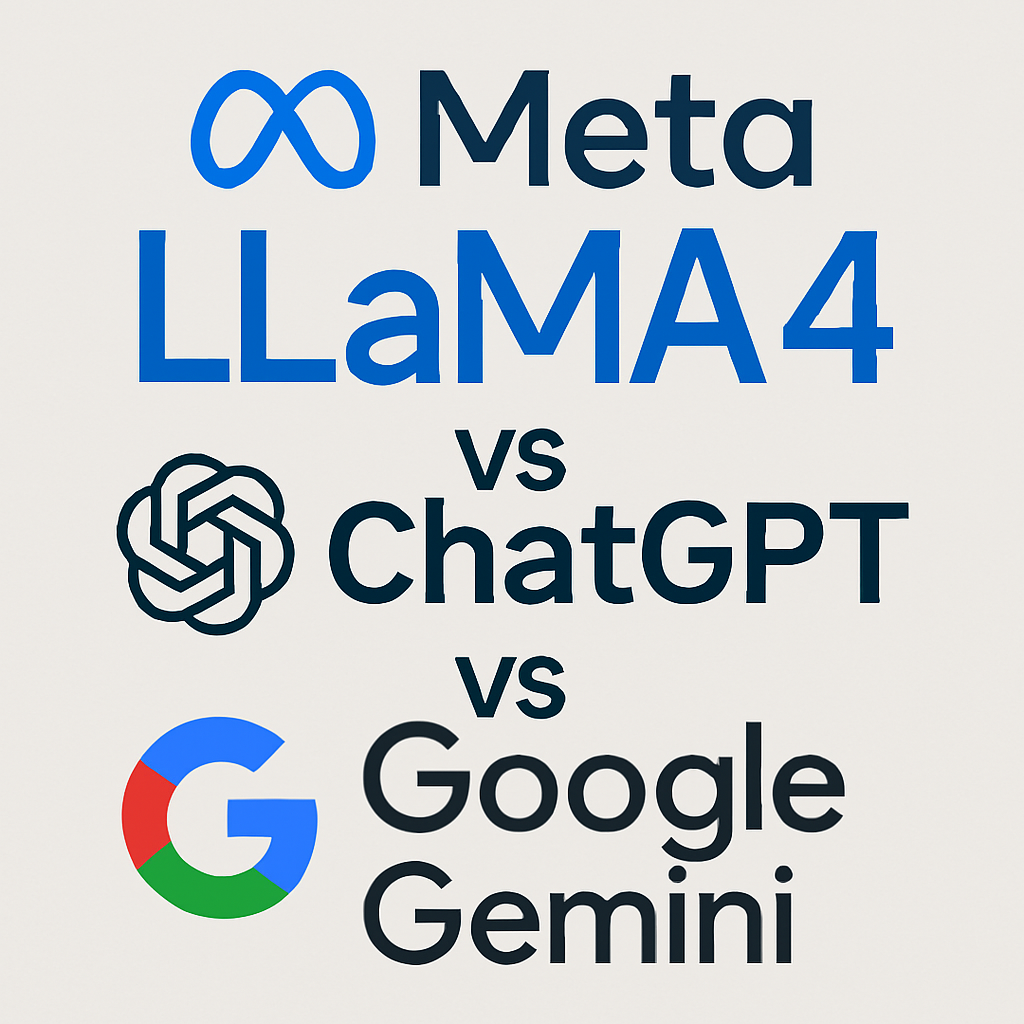
Importantly, LLaMA 4 stands out due to its fine-tuned architecture, which integrates a mixture of expert models. This allows the system to route tasks to the most appropriate “expert,” boosting efficiency without sacrificing accuracy. In contrast to OpenAI’s GPT-4 or Google’s Gemini, Meta’s LLaMA 4 consumes fewer resources and delivers faster responses. Moreover, it is open-weight, meaning developers and researchers can access it freely — a major move that fosters transparency and innovation.
Practical Applications and Real-World Impact
Furthermore, LLaMA 4 isn’t just a research toy — it’s already being used in real-world scenarios. From powering customer service bots to supporting code generation and educational tools, its use cases span across industries. Tech companies are integrating it into their platforms to improve user interaction, while healthcare, education, and legal sectors are exploring it to enhance productivity and reduce costs. Clearly, Meta is on a mission to democratize AI access while maintaining high standards of responsibility.
What’s Next for Meta and LLaMA?
Looking ahead, Meta plans to release even more powerful variants of LLaMA, including multimodal capabilities that can handle not just text, but also images, audio, and video. As the race for artificial general intelligence (AGI) heats up, LLaMA 4 is Meta’s strongest statement yet. In addition, its open nature signals Meta’s intent to collaborate with the broader AI community, which could reshape how AI develops globally.
